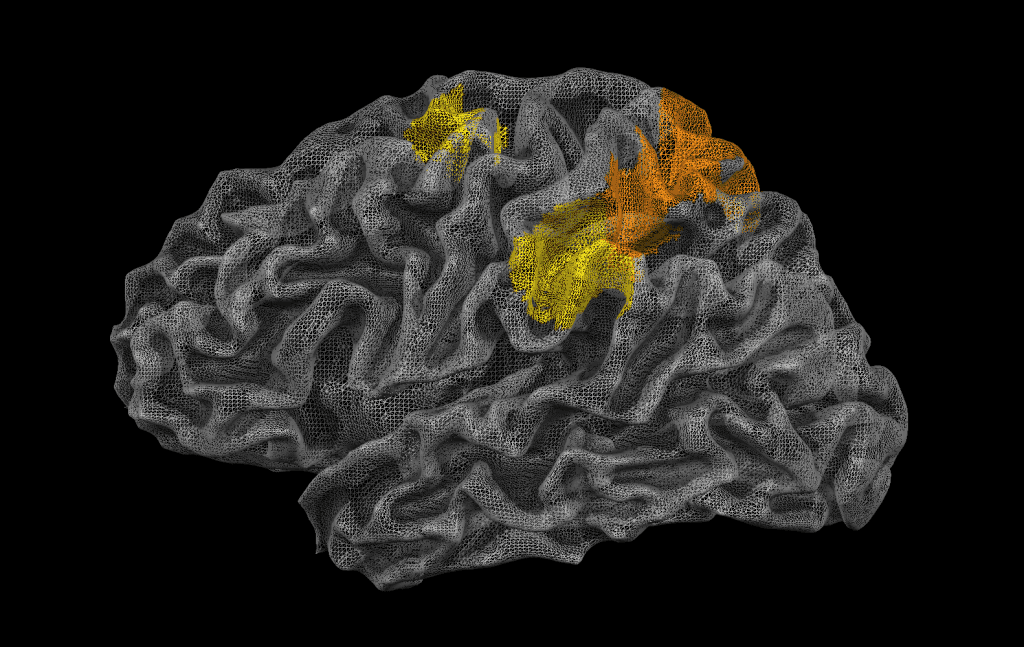There’s a physics expert inside all of us, though deeper in some than in others. While you may not have aced the subject in high school, your brain is very qualified at understanding how objects around you move and behave. A researcher from Johns Hopkins University believes he has pinpointed the area of our brains responsible for that physical intuition.

When researchers started using fMRIs, they got a unique glimpse into the human brain. Particularly, they got to see what parts of the brain “light up” when doing specific actions. Strangely, they found that when people watch physical events unfold, it’s not the brain vision center that lights up. Instead, it’s an area responsible for planning actions. This would suggest that the brain is constantly running physical simulations, enabling us to anticipate how the things around us will move and interact. Scientists have called this the brain’s “physical engine” and we now know where it is.
“We run physics simulations all the time to prepare us for when we need to act in the world,” said lead author Jason Fischer, an assistant professor of psychological and brain sciences in the university’s Krieger School of Arts and Sciences. “It is among the most important aspects of cognition for survival. But there has been almost no work done to identify and study the brain regions involved in this capability.”
Fischer’s study seems to indicate that action planning and intuition are closely related.
“Our findings suggest that physical intuition and action planning are intimately linked in the brain,” Fischer said. “We believe this might be because infants learn physics models of the world as they hone their motor skills, handling objects to learn how they behave. Also, to reach out and grab something in the right place with the right amount of force, we need real-time physical understanding.”
The implications of this study can be far reaching, but for now, there are two applications. Firstly, this could provide insight into conditions such as apraxia or damage to the motor areas. Apraxia is a motor disorder caused by damage to the brain in which someone has difficulty with the motor planning to perform tasks or movements – not because the muscles are weak, but because something is disrupting the brain’s control over the body.
The other benefit is it might allow us to build better, nimbler robots. If we could better understand what allows us to be so proficient at anticipating movements, we could pass it on to them.
The research was published in Proceedings of the National Academy of Sciences.






